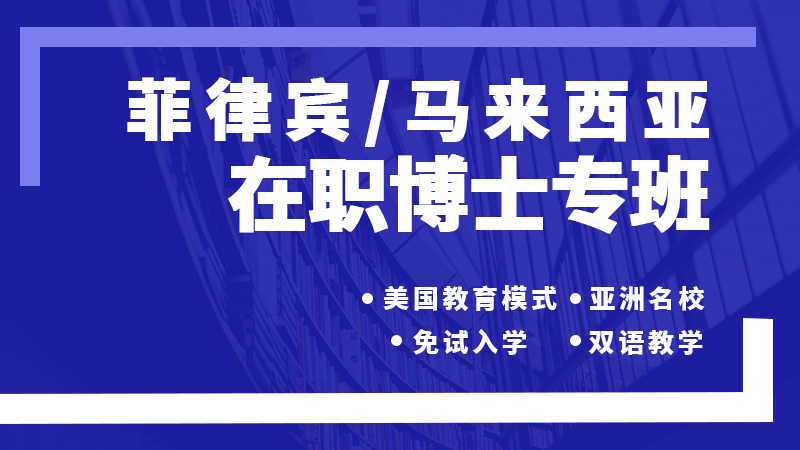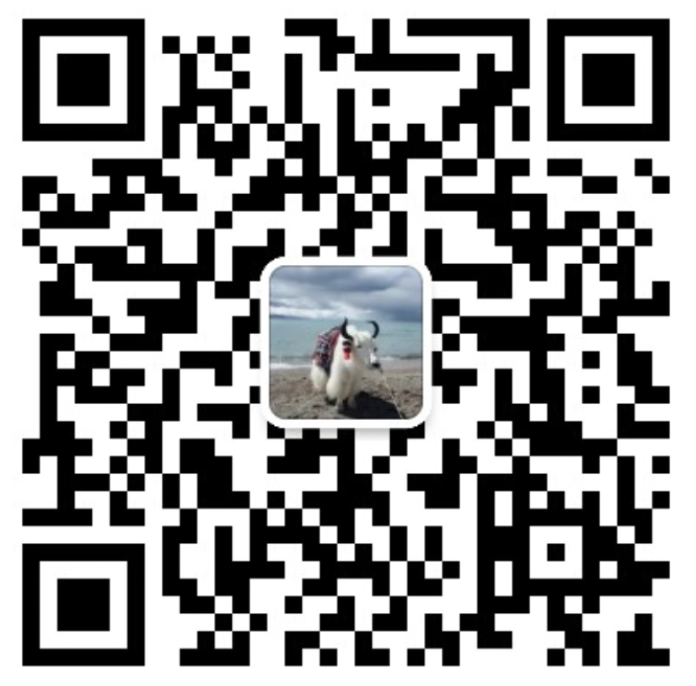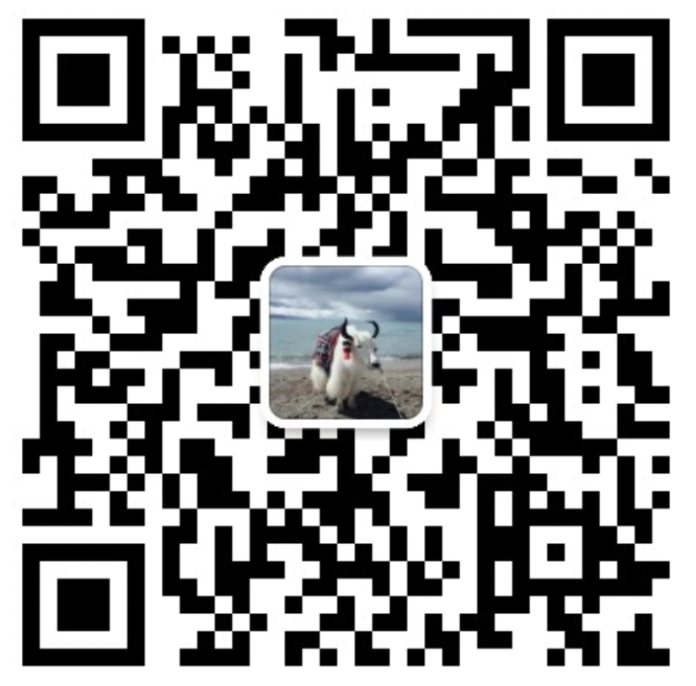2018年全国同等学力申硕英语真题Passage Four
Passage Four
In 1902, Georges Mé s made and released a movie called A Trip to the Moon. In this movie, the spaceship was a small capsule, shaped like a bullet, that was loaded into a giant cannon and aimed at the moon.
This movie was based on a book that came out many years earlier by an author named Jules Verne. One of the fans of the book was a Russian man, Konstantin Tsiolkovsky. The book made him think. Could one really shoot people out of a cannon and have them get safely to the moon? He decided one couldn’t, but it got him thinking of other ways one could get people to the moon. He spent his life considering this problem and came up with many solutions.
Some of Tsiolkovsky’s solutions gave scientists in America and Russia ideas when they began to think about space travel. They also thought about airplanes they
and other people had made, and even big bombs that could fly themselves very long distances.
Many scientists spent years working together to solve the problem. They drew and discussed different designs until they agreed on the ones that were the best. Then, they built small models of those designs, and tested them until they felt ready to build even bigger models. They made full-scale rockets, which they launched without any people inside, to test for safety. Often the rockets weren’t safe, and they exploded right there on the launch pad, or shot off in crazy directions like a balloon that you blow up and release without tying it first. After many, many tests, they started to send small animals into space. Only after a long time did they ever put a person inside a rocket and shoot him into space.
Even after they began sending people into space, scientists were still trying to improve the shape of the rockets. The design changed many times, and eventually ended up looking like a half-rocket and half-airplane. The machine called space shuttle was used for many years. Now, the government lets private companies try their own designs for spaceships, and they have come up with many different, crazy-looking machines.
11. In the movie A trip to the Moon, the spaceship was sent to the moon .
A. in a capsule B. in a bullet C. by a cannon D. by a gun
12. The movie was based on a book written by .
A. Konstantin Tsiolkovsky B. an unknown author
C. Georges Mé sliè D. Jules Verne
13. Before the invention of a spaceship, possible solutions of space travel included all of the following EXCEPT .
A. bombs B. balloons C. airplanes D. Rockets
14. What is Paragraph4 mainly about?
A. It took a long time and hard work to send a person into space.
B. American scientists worked better than Russian scientists.
C. Scientists from Russia and America had close cooperation.
D. The design of the rocket was inspired by the movie A trip to the moon.
15. The word “shoot”(Para.4) is closest in meaning to “ ”.
A. send with great force C. Fix a problem
break into many pieces D. attack with a weapon.
Passage Four
【文章介绍】本文主要介绍了海上旅行的优点。相比航空旅行,乘船出行让人心情放松,享受平静。
12. 【答案】C
【考点】细节题
【解析】本题问的是第一段强调了海上出行的哪一方面。
文章第一句话就描述了宁静的难得,而作者在海上出行却能感受到这宁静时刻,是多么的珍贵。因此选 C 项“心灵的平静”。
【误项排除】A 项“特别的景致”,B 项“完全自由”,D 项“冒险精神”,这三项不符合题意。
13. 【答案】B
【考点】语义题
【解析】本题问的是与 affinity 词义最接近的是哪一项。
文章第二段描述了相比飞行,海上出行让作者感到真实,且约翰·肯尼迪说:“我们与海洋是相连的,是一体的。”因此选 B 项“紧密相联”。
【误项排除】A 项“强烈的情感”,C 项“纯粹的兴奋”,D 项“令人印象深刻的时刻”,这三项不符合题意。
14. 【答案】A
【考点】细节题
【解析】本题问的是看着船离港时,谁印象最深刻。
文章第三段主要是海伦 · 奥奇拉描述船离港时,自己的感受,因此选 A 项“海伦 · 奥奇拉”。
【误项排除】B 项“维托 · 杜马”,C 项“凯西 · 温斯顿”,D 项“约翰 · 肯尼迪”,这三项不符合题意。
15. 【答案】D
【考点】细节题
【解析】本题问的是汤姆·布里特认为乘船出行比乘飞机出行要好的原因是什么。根据人名,定位到文章第四段,汤姆 · 布里特认为在船上可以看到越来越近
的陆地,让人兴奋。因此选 D 项“提供更为清晰的地面风景”。
【误项排除】A 项“让人陷入深思”,B 项“给乘客更好的放松机会”,C 项“提供更舒适的环境”,这三项不符合题意。
16. 【答案】C
【考点】推断题
【解析】本题问的是根据最后两段,下面哪一项不是海上出行的优势。
整篇文章阐述了海上出行的优点,只有 C 项“提升健康的生活方式”在原文并没有提及。因此选 C。
【误项排除】A 项“友好的家庭生活“,B 项“满足冒险的心”,D 项“让人放松”,这三项不符合题意。
参考译文
在现如今快节奏的生活中,很难找到一片宁静。片刻的宁静似乎是罕见且奇妙的。对我来说,最珍贵的时刻发生在一艘船上。正如传说中的水手维托 · 杜马曾说过, “在海上,你才是真正的自己。”在甲板上,享受着令人惊叹的景色,海风吹走了每日的烦恼。他的观点值得欣赏。
飞行是一种痛苦。从喧嚣的机场到空间狭隘的机舱,商业航空并没有什么能吸引我去冒险—或让我感到舒适。然而,喜欢乘船出行并不只是因为对飞行的恐惧。不论我是在短途的摆渡船上还是在海上航游,海洋给我一种真正的旅行,从船只离港到航向开阔的海域,这种航行令人印象深刻。约翰 · 肯尼迪说:“我们与海洋是一体的。”当我的船驶向一个令人兴奋地新目的地时,我感到了一种亲切感。
我并不孤单。旅行作家海伦·奥奇拉说:“旅程也是假期的一部分。无论天气如何,我都要站在甲板上,观看绳子解开,然后船从码头滑入水中,岸边的风景离我越来越远。”
斯帕盖蒂旅行博客的创始人汤姆 · 布里特认为,在飞机上很难看清地面,但在船上,看着越来越近的陆地是多少兴奋的一件事。
对于旅行编辑凯西 · 温斯顿来说,这是一种冒险,即使在从 A 到 B 极为简单的旅行中,宽广的海域似乎能让你去探索新的领域。而在船上的这种浪漫,你在飞机上或高速公路上是无法感受到的。温斯顿也很重视海上航行带来的友好家庭生活。她说:“在水上,尤其是和孩子在一起,感觉特别放松。”
无论是为了与孩子相处的便利还是纯粹的浪漫,船一直都是许多旅行者喜爱的交通方式。船能把我带到我想去的地方,避免了飞行时的匆忙和恐惧。在海上,随着现实世界的远离,我总能再次找到自己对大海的热情。
免责声明:本站所提供的内容均来源于网友提供或网络搜集,由本站编辑整理,仅供个人研究、交流学习使用,不涉及商业盈利目的。如涉及版权问题,请联系本站管理员予以更改或删除。


微信公众号

QQ交流群